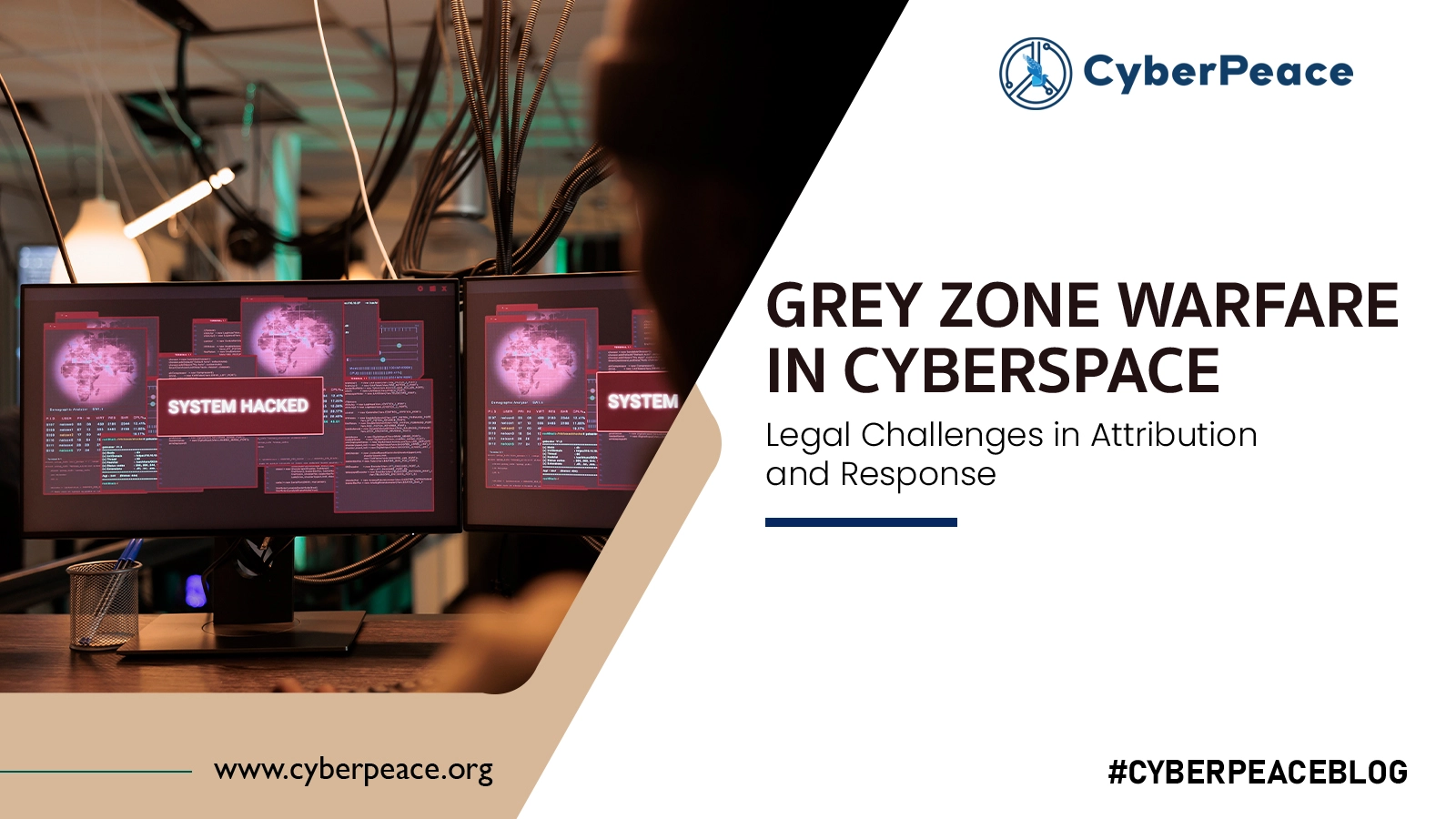Barbie malware
Introduction
The ‘Barbie’ fever is going high in India, and it’s hype to launch online scams in India. The cybercriminals attacking the ‘Barbie’ fans in India, as the popular malware and antivirus protection MacAfee has recently reported that India is in the top 3rd number among countries facing major malware attacks. After the release of ‘barbie’ in theatres, the Scams started spreading across India through the free download of the ‘Barbie’ movie from the link and other viruses. The scammers trick the victims by selling free ‘Barbie’ tickets and, after the movie’s hit, search for the free download links on websites which leads to the Scams.
What is the ‘Barbie’ malware?
After the release of the ‘Barbie’ movie, trying to keep up with the trend, Barbie fans started to search the links for free movie downloads from anonymous sources. And after downloading the movie, there was malware in the downloaded zip files. The online scam includes not genuine dubbed downloads of the movie that install malware, barbie-related viruses, and fake videos that point to free tickets, and also clicking on unverified links for the movie access resulted in Scam. It is important not to get stuck in these trends just because to keep up with them, as it could land you in trouble.
Case: As per the report of McAfee, several cases of malware trick victims into downloading the ‘ Barbie’ movie in different languages. By clicking the link, it prompts the user to download a Zip file, which is packed with malware
Countries-wise malware distribution
Cyber Scams witnessed a significant surge in just a few weeks, with hundreds of incidents of new malware cases. And The USA is on the top No. Among all the countries, In the USA there was 37 % of ‘Barbie’ malware attacks held per the, while Australia, the UK, and India suffered 6 % of malware attacks. And other countries like Japan, Ireland, and France faced 3% of Malware attacks.
What are the precautions?
Cyber scams are evolving everywhere, users must remain vigilant and take necessary precautions to protect their personal information. The user shall avoid clicking on suspicious links, also those which are related to unauthorised movie downloads or fake ticket offers. The people shall use legitimate and official platforms to access movie-related content. Keeping anti-malware and antivirus will add an extra layer of protection.
Here are some following precautions against Malware:
- Use security software.
- Use strong passwords and authentication.
- Enforce safe browsing and email.
- Data backup.
- Implement Anti-lateral Movement.
Conclusion
Cyberspace is evolving, and with that, Scams are also evolving. With the new trend of ‘Barbie’ Scams going on the rise everywhere, India is on top 3rd No. In India, McAfee reported several malicious attacks that attempted to trick the victims into downloading the free version of ‘Barbie’ movie in dubbed languages. This resulted in a Scam. People usually try to keep up with trends that land them in trouble. The users shall beware of these kinds of cyber-attacks. These scams result in huge losses. Technology should be used with proper precautions as per the incidents happening around.





